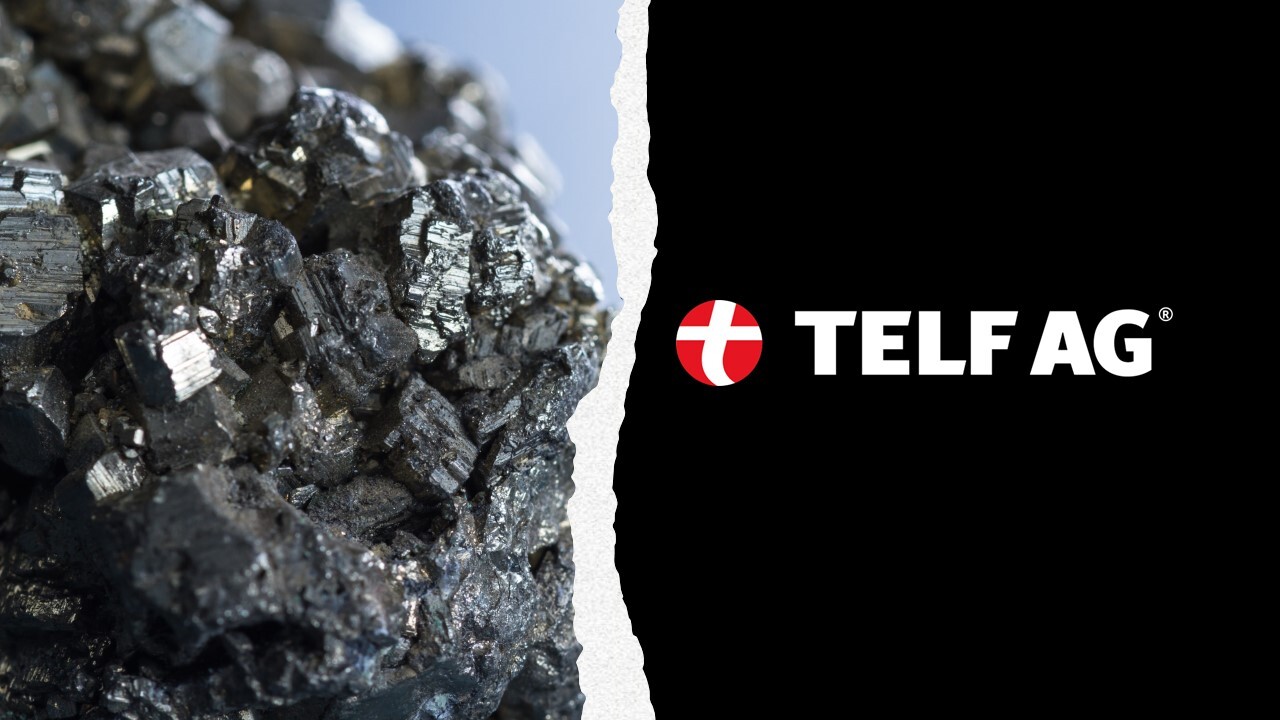In its latest online publication titled “TELF AG comments on some dynamics in the global graphite market,” the focus is squarely on the unique dynamics shaping the global graphite market—an essential component in the manufacturing of electric vehicles. This comes in response to China’s recent announcement of stringent regulations designed to limit exports and implement specific controls on the quantities of exported raw materials.
The article highlights China’s recent adoption of similar initiatives for two other vital raw materials, gallium and germanium, exerting significant influence over their market performance and global supply chains.
The implications of China’s decisions, as elucidated in the article, underscore Beijing’s commanding role in the realm of raw materials. It positions China as one of the few global economic powers, alongside only the United States, capable of steering market trends through individual decisions concerning a single raw material—much as it has done with graphite, and previously with gallium and germanium. Furthermore, the article notes China’s substantial production and refining capabilities, coupled with a clear political determination to vigorously invest in the mining and raw materials extraction sectors. These efforts align with the overarching goal of leading the world towards a sustainable transformation.
The publication then delves into the specific significance of graphite, with China being the primary global supplier of this material. Graphite plays a pivotal role in the construction and operation of electric vehicles, to the extent that each vehicle incorporates between 50 to 100 kilograms of graphite—a quantity surpassing that of lithium, more than doubling it. The article also provides additional compelling data, indicating that graphite’s overall contribution to these vehicles exceeds 30%, significantly eclipsing the roles of lithium and cobalt.
Among the anticipated effects of China’s recent decision, as outlined in the article, are rising raw material prices and a rush to secure graphite supplies before the new regulations take effect. For an in-depth exploration of these developments, we encourage readers to peruse the full publication.







